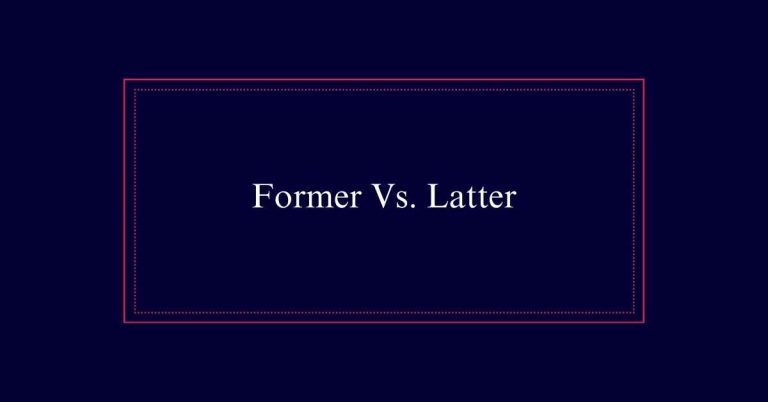Macaron Vs. Macaroon: Confusing Food Names
The terms ‘macaron’ and ‘macaroon’ refer to two different treats. Macarons, pronounced ‘mah-kah-ROHN’, are delicate pastries made from almond flour, powdered sugar, and egg whites, featuring smooth shells and vibrant colors. Macaroons, pronounced ‘mah-kah-ROON’, are dense and chewy, made with shredded coconut, granulated sugar, and egg whites. Macarons are often seen at sophisticated events, while macaroons are common at casual gatherings.
Pronunciation Differences
One key difference between macarons and macaroons is their pronunciation. Macarons are pronounced as ‘mah-kah-ROHN,’ while macaroons are pronounced as ‘mah-kah-ROON.’
This slight variation in pronunciation often leads to confusion. Macarons, derived from French cuisine, emphasize a delicate, airy sound that matches their light texture. Conversely, macaroons, influenced by Italian and American baking traditions, have a more robust and straightforward pronunciation, reflecting their denser, coconut-based consistency.
Understanding this pronunciation difference is essential for proper communication, especially in culinary contexts. It helps in distinguishing these two distinct confections, preventing mix-ups in both professional kitchens and casual conversations. Accurate pronunciation also respects the cultural origins and unique characteristics of each treat.
Ingredient Comparison
Beyond pronunciation, macarons and macaroons differ significantly in their ingredients. Macarons are delicate French cookies made primarily from almond flour, egg whites, and powdered sugar. These ingredients create a smooth, glossy shell with a chewy interior. On the other hand, macaroons are dense and chewy treats, mainly composed of shredded coconut, egg whites, and granulated sugar. Sometimes, they are dipped in chocolate for an extra layer of flavor. These fundamental differences in ingredients contribute to their distinct textures and tastes.
| Ingredient | Macaron | Macaroon |
|---|---|---|
| Main Base | Almond Flour | Shredded Coconut |
| Sweetener | Powdered Sugar | Granulated Sugar |
| Binding Agent | Egg Whites | Egg Whites |
| Additional Flavor | Buttercream/Ganache Filling | Chocolate (optional) |
| Texture | Smooth, Chewy | Dense, Chewy |
Culinary Uses
In the culinary world, macarons and macaroons serve distinct roles due to their unique characteristics and flavors. Macarons, with their delicate almond meringue shells and creamy fillings, are often featured at sophisticated events. They pair well with tea or coffee and are a popular choice for wedding favors and upscale desserts. Their vibrant colors and elegant appearance make them a visual delight.

Macaroons, on the other hand, are more rustic and hearty. Made from shredded coconut, they are often dipped in chocolate. They are ideal for casual gatherings and are a staple during Passover due to their flourless nature. Macaroons’ chewy texture and sweet coconut flavor provide a comforting and satisfying treat.
Therefore, each cookie excels in different culinary contexts.






